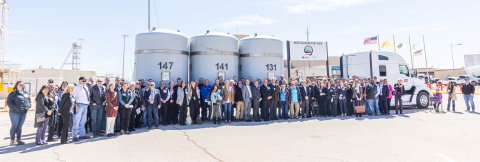
EM’s Waste Isolation Pilot Plant (WIPP) reached a major milestone last week — 25 years of operations at the nation’s only deep, underground geological repository for disposal of defense-generated transuranic (TRU) nuclear waste.
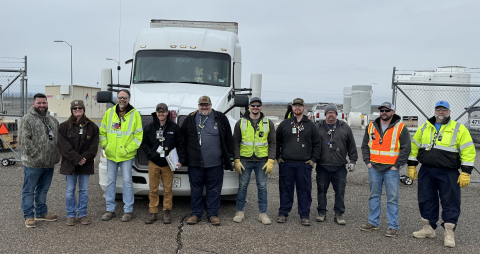
Recent completion of a project at the Hanford Site marked a significant accomplishment, as crews from EM contractor Central Plateau Cleanup Company (CPCCo) loaded and shipped 15 drums of sodium waste from the site’s former research reactors for offsite treatment.

The EM Los Alamos Field Office (EM-LA) and Newport News Nuclear BWXT Los Alamos (N3B), the legacy cleanup contractor at Los Alamos National Laboratory, have completed field work at the Middle DP Road (MDPR) Site.

EM’s Waste Isolation Pilot Plant (WIPP) has accomplished an EM 2023 priority to complete and dispose of 400 transuranic waste shipments while striving to ensure no backlog of shipments from cleanup at the Los Alamos National Laboratory (LANL) site in New Mexico.
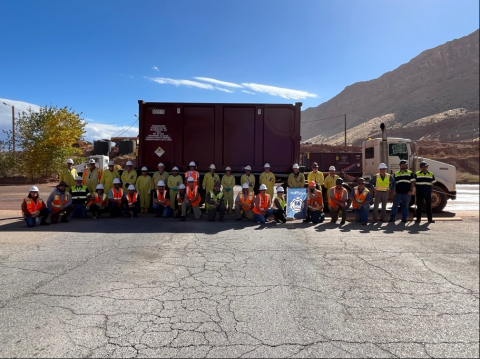
Moab Uranium Mill Tailings Remedial Action (UMTRA) Project successfully relocating another 1 million tons of uranium mill tailings away from the Colorado River, bringing the cumulative total to 14 million tons permanently disposed.
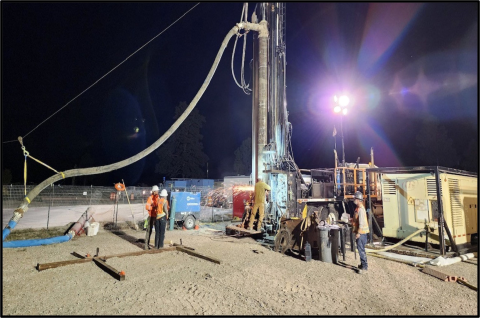
The EM Los Alamos Field Office (EM-LA) successfully completed several key legacy cleanup accomplishments in the fiscal year ending Sept. 30, including meeting all regulatory milestones, exceeding transuranic (TRU) waste shipment goals and wrapping up fie
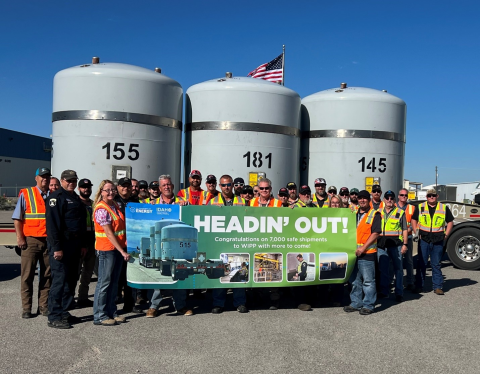
EM and its cleanup contractor at the Idaho National Laboratory (INL) Site celebrated an important milestone last week: the site’s 7,000th transuranic (TRU) waste shipment to the Waste Isolation Pilot Plant (WIPP) in New Mexico.
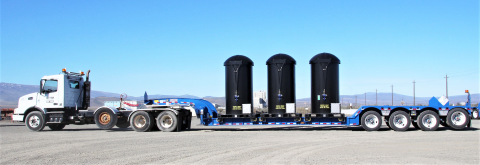
EM is testing technologies and processes needed to help immobilize Hanford Site tank waste in glass through a process called vitrification.

EM achieves another milestone in its offsite shipping and disposal of depleted uranium oxide from the Portsmouth site.
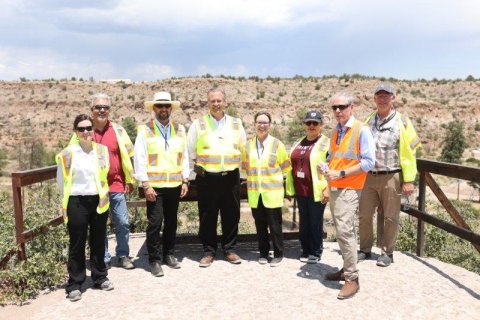
Amid renewed interest in the atomic history of Los Alamos National Laboratory (LANL), EM leadership had the opportunity to discuss and highlight the significant progress underway in the legacy cleanup mission at LANL during a visit last week.

